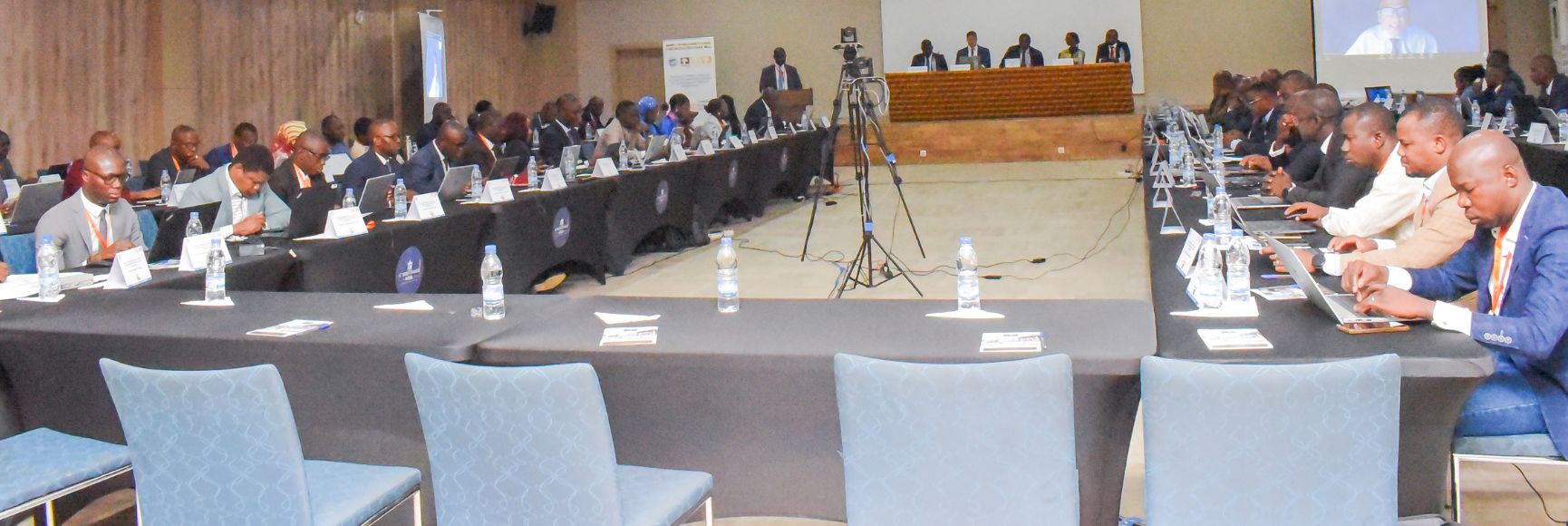Fiscal rules set medium to long term constraints on fiscal policy through limits on fiscal variables, such as the deficit, public debt, and government expenditure. They aim to address some of the political economy challenges inherent in fiscal policy that can lead governments to run excessive deficits, overspend in good times without building sufficient buffers for “rainy days”, and delay tough decisions in harder times.
In recent years, many countries have suspended their fiscal rules to create flexibility in their response to the crises. Many, such as the EU bloc, are now returning to fiscal rules. They face a challenging environment characterized by high debt levels, tight monetary policies and increased spending pressures stemming from the green transition, an ageing population and – particularly in low income countries -- the pursuit of Sustainable Development Goals. Success will depend the choice and design of fiscal rules, and on the strength of fiscal institutions. The following “institutions” -- defined here as the set of requirements, processes and entities responsible for the formulation, execution and oversight of fiscal policies – play a pivotal role in the effective implementation of fiscal rules:
Macro-fiscal analysis and forecasting. The ability to generate robust macro-fiscal forecasts is crucial to preparing a credible budget. Good forecasts can provide early signals on the risks of breaching fiscal rules if corrective actions are not taken. To promote caution in both the formulation and the execution of the budget, baseline forecasts should be paired with an analysis of fiscal risks.
Expenditure prioritization. The traditional annual and incremental approach to budgeting can complicate the task of aligning budget allocations (to sectors and ministries) with fiscal rules. Spending is inherently rigid in the short term, while the effects of fiscal policy, which often operates with a lag, typically span beyond a single year. Adopting a multi-year perspective to budgeting, incorporated in a top-down and strategic approach, helps strengthen fiscal planning. For this, Ministries of Finance (MOFs) and line ministries should be able to prepare solid expenditure baselines (no policy change projections of expenditure) over the medium-term -- which are key to understanding spending dynamics and identifying fiscal space against fiscal targets -- and accurately cost policy proposals.
Budget management. Effective control over the budget is essential to ensure adherence to fiscal rules. This involves setting limits on policy decisions with fiscal impacts outside the regular budget cycle; the use of supplementary budgets; and the reallocation of funds between spending categories within the fiscal year as well as the carryover of funds into the next fiscal year. Additionally, the establishment of budget buffers or contingency reserves is essential for enhancing budget flexibility and maintain the credibility of fiscal rules in the face of shocks.
Coverage and enforcement. Discrepancies in coverage between budget practices and fiscal rules can make adherence to the latter more complex. To strengthen the link with fiscal sustainability and minimize opportunities for circumventing the rules, it is generally desirable that fiscal rules encompass a broad range of entities, including local governments and off budget entities. In contrast, budget practices often narrow their focus to entities that are under the direct control of the central government, primarily line ministries and agencies. Bridging this gap necessitates reforms aimed at (i) broadening the coverage of the budget; and (ii) overseeing local governments and off budget entities in a manner that ensures accountability, without undermining their operational independence. Additionally, the justification for the existence of off-budget entities warrants closer scrutiny, as they sometimes tend to outlive their initial purpose.
A strong and focused Ministry of Finance. MOFs need to focus on their core responsibilities for fiscal forecasting, fiscal policy, tax policy, and budget management, rather than other functions for which they may be ill suited and poorly resourced. On expenditure, they should play a 'challenge function' throughout the budget process, which involves rigorously scrutinizing the affordability and quality of spending. On the revenue side, they should be able to guide and inform the design of tax policy. Strengthening the MOF capacity to oversee budget execution is also crucial, including through IT and commitment control systems.
Parliamentary oversight. Parliament should play a role in scrutinizing the government’s fiscal strategy and budget, ensuring an orderly budget approval process, while self-limiting its ability to amend the draft budget. Its finance and budget committees could benefit from the technical support of a Parliamentary Budget Office.
Fiscal councils. To reduce political pressures and biases in forecasting, many countries have established independent fiscal institutions and/or adopted transparency initiatives, including the publication and reconciliation of forecast deviations. A fiscal council, supported by other independent bodies like the Statistics Office and the Supreme Audit Institution (SAI), can also play a crucial role in monitoring budget implementation and validating the compliance with fiscal rules. While not all countries can afford full-fledged fiscal councils, it is essential to promote some degree of independence in forecasting (for instance, through committees of experts), in providing advice on fiscal policies (e.g., via think tanks and research centers) and in assessing their impacts (e.g., monitoring and evaluation mechanisms and performance audits by SAIs).
When institutions are weak, fiscal rules may have unintended consequences, even as they support fiscal consolidation and encourage fiscal prudence. For instance, without a solid framework for expenditure prioritization, a government may need to reduce spending in sectors where cuts are simpler to implement but detrimental in the long run, such as public investment, healthcare and R&D.




